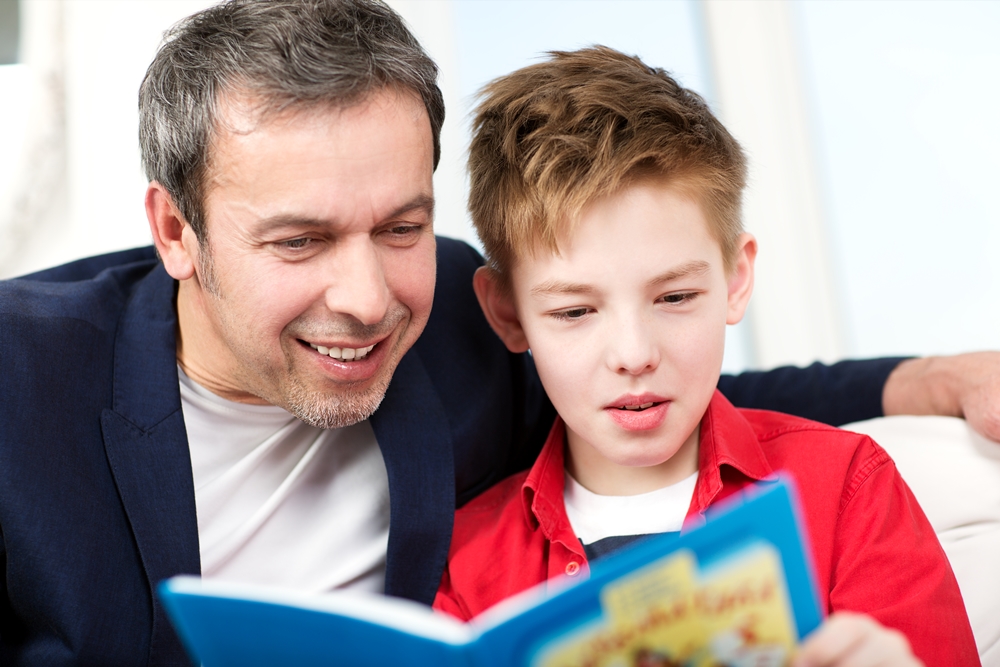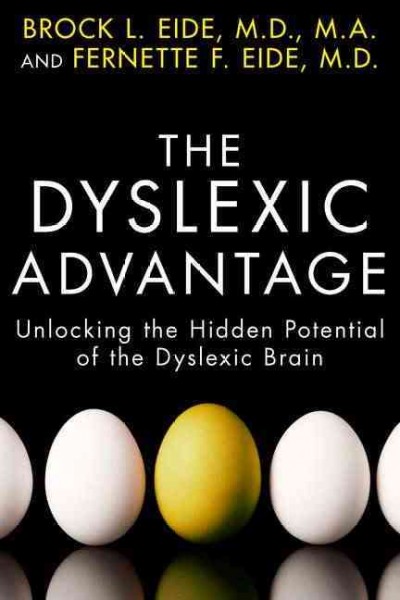Approximately 1 in 5 people are affected by dyslexia, making it the most commonly diagnosed learning disability. Even as more research is conducted into the causes and early identification of dyslexia – and more teachers, doctors, and families are aware of it – dyslexia remains one of the least understood language disabilities.
To help you better understand dyslexia and the resources available at the Library District, we’ve pulled together this overview.
What is Dyslexia?
It is a language-based learning disability. At its core, dyslexia is a neurological or brain-based condition – often hereditary – caused by a different wiring of the brain. This “different wiring” occurs in areas of the brain related to key language and reading skills which is why dyslexia is characterized by difficulties with word recognition, decoding, and spelling.
The International Dyslexia Association mentions problems experienced by people with dyslexia include:
• Learning to speak
• Learning letters and their sounds
• Organizing written and spoken language
• Memorizing number facts
• Reading quickly enough to comprehend
• Persisting with and comprehending longer reading assignments
• Spelling
• Learning a foreign language
• Correctly doing math operations
Unlike what some people may think, dyslexia is not a visual problem; people with dyslexia do not “flip” letters or numbers around or “read backwards.” Rather, a person’s brain has difficulty processing the written form and the sound structure of language.
People with dyslexia are not less intelligent or imaginative than other people. In fact, the “reading impairments associated with dyslexia are unexpected in that individuals with dyslexia generally demonstrate typical intellectual functioning and development growth. In non-reading areas, the abilities of those with dyslexia mirror those without dyslexia.” (CDE Dyslexia Fact Sheet)
How Do I Support My Child?
If you are concerned about your child’s reading and language skills, talk with your child’s teacher and/or pediatrician. Early identification (diagnosis) and evidenced-based language instruction by a licensed language therapist/teacher is key to helping individuals with dyslexia achieve in school and in life.

A structured approach to reading that is delivered by a highly-trained teacher offers step-by-step procedures for introducing, reviewing, and practicing language and reading concepts, including phonics (e.g., the Orton-Gillingham approach).
In the meantime, it is useful to equip yourself with information about dyslexia and find resources to support your child.
Library Resources for Understanding Dyslexia
Poudre River Public Library District is a great resource for parents and caregivers to come to receive information about dyslexia and have a place to continue learning how they can support their child at school and at home. The following books are useful for better understanding dyslexia and in talking with teachers and other professionals about your child’s learning. They are not meant to diagnose or treat any learning disability.
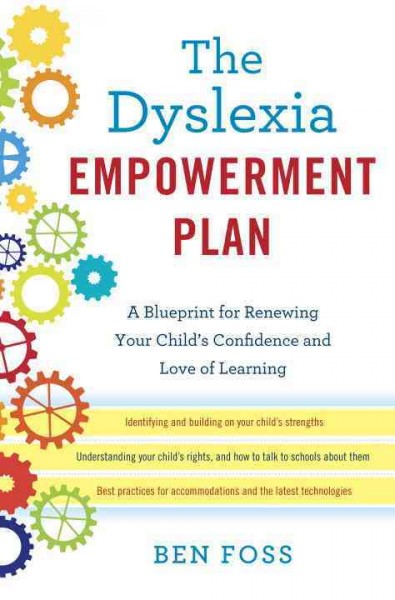
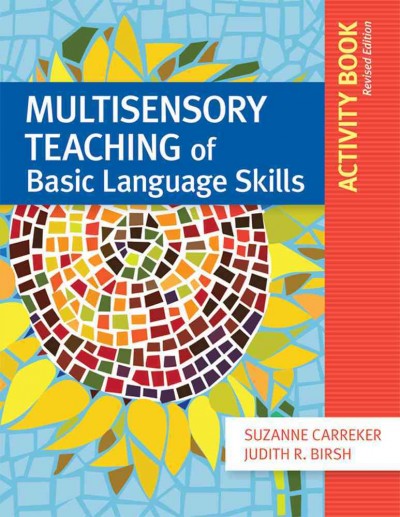
Multisensory Teaching of Basic Language Skills Activity Book by Suzanne Carreker
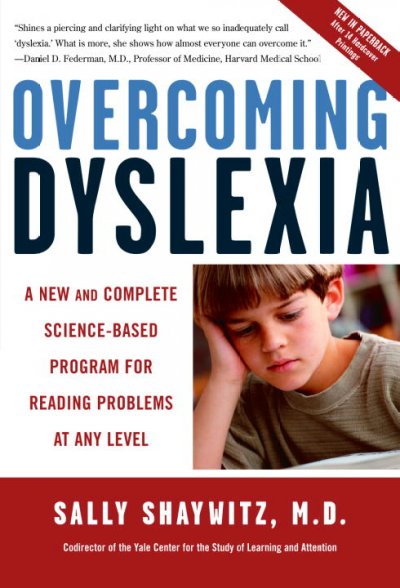
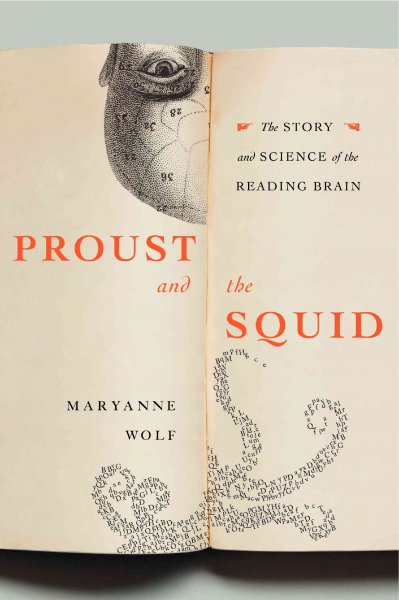
Proust and the Squid: The Story and Science of the Reading Brain by Maryanne Wolf
Children’s Books for Readers with Dyslexia
“Hi/Lo” books are great for readers with dyslexia because they are high interest and low reading level. Our Children’s Collection Development Librarian recommends these book series for kids.
- Sports series by Jake Maddox
- Geronimo Stilton graphic novel series
- Diary of a Wimpy Kid series by Jeff Kinney
- Dork Diaries collection by Rachel Renee Russell
- Max Axiom, Super Scientist, nonfiction graphic novels by various authors

Library Resources for Readers with Dyslexia
Be sure to familiarize yourself with the Reading Level Search available through the Library website (www.poudrelibraries.org/ars/). If you need help with this search tool, please ask library staff for assistance.
You can generate a list of book recommendations by choosing a reading level AND an interest level. For example, an AR level of 3.0 to 4.0 and an interest level of grades 4-8 (see images below).


The results are ordered from lowest reading level (3.0) to highest (4.0). You can then filter these results using the options on the left side of the screen – book format, keyword tags, and more.
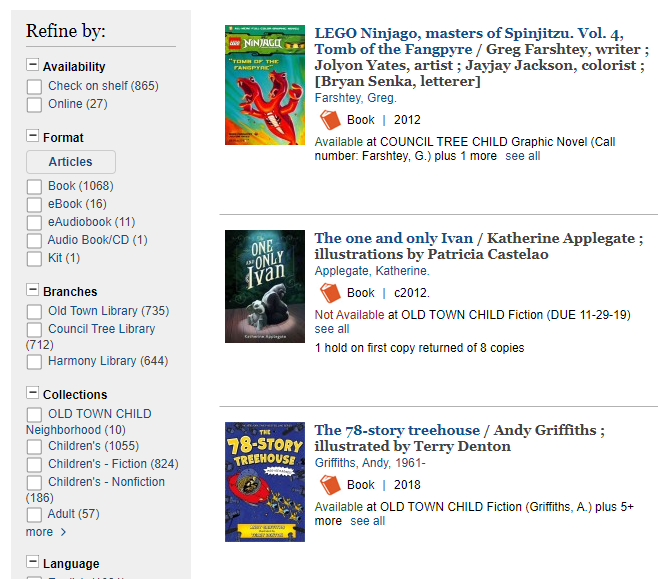
Audiobooks are a great option for readers with dyslexia and can be a powerful tool to reinforce language skills, support comprehension, build vocabulary, and foster a love of stories. The Library District offers a variety of audiobooks on CD and on Playaways, a pre-loaded audiobook device you can listen to anytime, anywhere. There are also digital apps like OverDrive, RB Digital, and hoopla which provide many fun, kid-friendly audiobooks.
eResources like Tumblebooks and Book FLIX can also help support young readers. These tools offer visually-rich books and read-alongs that combine animation, sound, and narration.
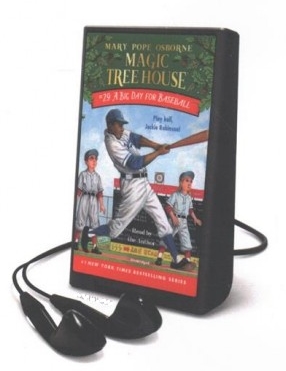
Children’s Books About Dyslexia
It helps when readers see themselves reflected back in books. These books include characters with dyslexia.
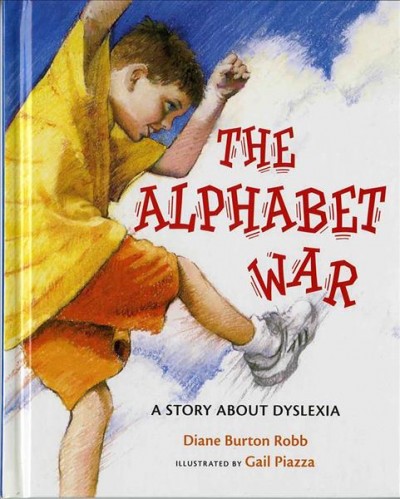
The Alphabet War: A Story About Dyslexia by Diane Burton Robb
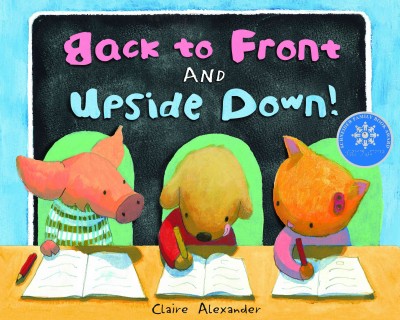
Back to Front and Upside Down by Claire Alexander
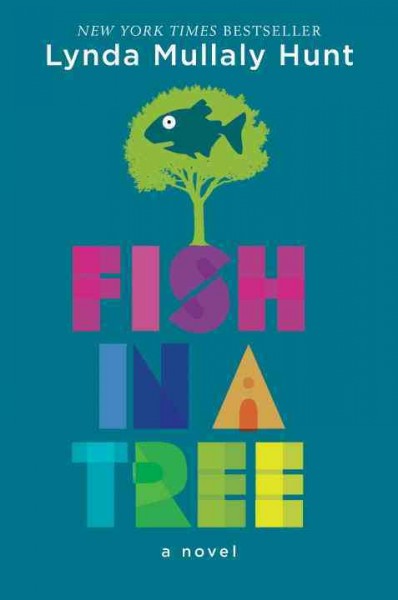
Fish in a Tree by Lynda Mullaly Hunt
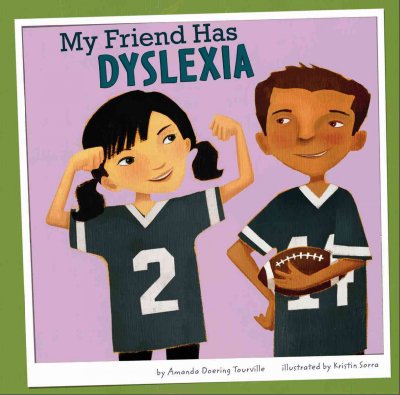
My Friend Has Dyslexia by Amanda Doering Tourville
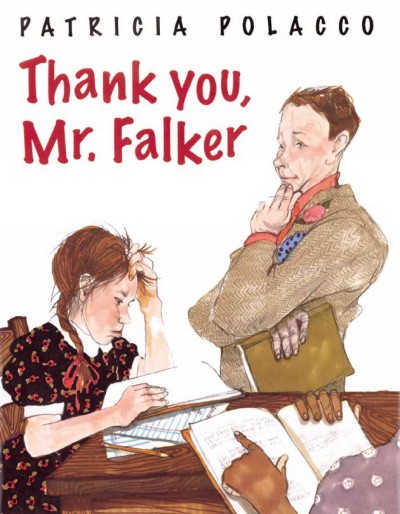
Thank you, Mr. Falker by Patricia Polacco
Online Resources
International Dyslexia Association: https://dyslexiaida.org/
IDA Rocky Mountain Branch: http://idarmb.org/
Colorado Department of Education: https://www.cde.state.co.us/coloradoliteracy/dyslexia
Thank You!
Thank you to Jill Zonnefeld, a licensed academic language therapist at Traut Core Knowledge School, for providing valuable information about dyslexia and reading and language instruction for this blog.
NOTE: If you are concerned about your child’s reading and language skills, be sure to talk with your child’s teacher and/or pediatrician. Early identification and evidenced-based language instruction from a licensed language therapist is key to helping individuals with dyslexia achieve in school and in life.

